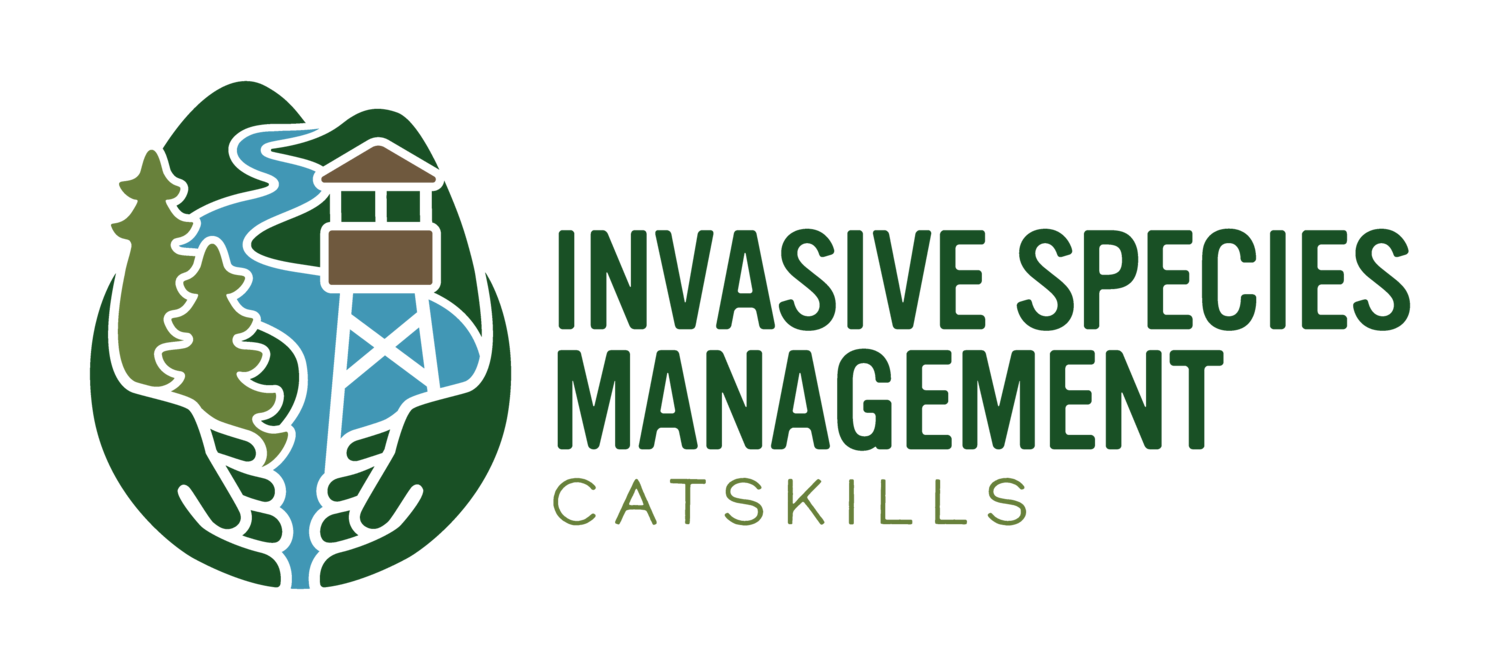Lesser Celandine (Ficaria verna)




Key Identification Features
Bright yellow flowers with eight to twelve petals
Kidney- or horseshoe-shaped leaves with wavy edges
Tuberous roots
Description
Lesser celandine is small, herbaceous perennial easily identified by its bright yellow flowers produced in early spring. Lesser celandine grows low to the ground and can form dense mats when left to grow unimpeded. Its kidney- or horseshoe-shaped leaves grow on long stocks from a basal rosette. The shiny, dark-green leaves grow roughly 4-9cm long with smooth, wavy margins. The petioles are deeply grooved and when bisected have a distinct U-shape. Their roots are tuberous, producing small turions that resemble clusters of tiny potatoes.
The flowers are one of the most noticeable characteristics and bloom as early as March. The bright yellow flowers have 8-12 petals growing 2-6cm wide and long peduncles. Flowers typically die back by Mid-may and the vegetation is gone by June. Some ornamental varieties may have a range of flower colors.
Marsh marigold (Caltha palustris) is a native look-a-like with similar yellow flowers emerging in late spring. Both marsh marigolds and lesser celandine grow in wet habitats but can be distinguished from one another by their flowers and the timing of their emergence. Marsh marigold petals are actually sepals and each flower is typically surrounded by 5-9 rounded sepals. Lesser celandine has green sepals underneath long, pointed petals. Marsh marigold also tends to flower about a month later than lesser celandine, around late April to May. Lastly, if no flowers are present, lesser celandine produces bulblets at the nodes along the stem and has tuberous roots, both of which marsh marigold lacks.
Native Range
Lesser celandine is native to Europe, Asia, and northern Africa and was likely introduced as an ornamental plant. The earliest herbarium specimen dates to 1867 from Pennsylvania and lesser celandine can now be found through much of the NE U.S. While lesser celandine is prohibited for sale in NY, some states still continue to sell varieties of this plant.
Habitat and Dispersion
Lesser celandine is usually found in wet soils in flood plains, wetland areas, and along riparian corridors though it can tolerate drier habitats. Lesser celandine primarily spreads through bulblets and underground tubers and can create dense mats that suppress native spring ephemerals such as trillium.
Best Management Practices
Smaller lesser celandine infestations can be hand pulled though care must be taken to remove the tubers as well. Larger infestations can be controlled through hand pulling or herbicide applications. Management is most effective early in the season.
Aquatic Plants
Floating Plants
Submerged
Aquatic Animals
Molluscs
Crustaceans
Terrestrial Plants
Trees
Shrubs
Terrestrial Animals
Forest Pests
Vertebrates
We Need Your Help!
Have you spotted lesser celandine in the CRISP PRISM? We want to know.
Report Now